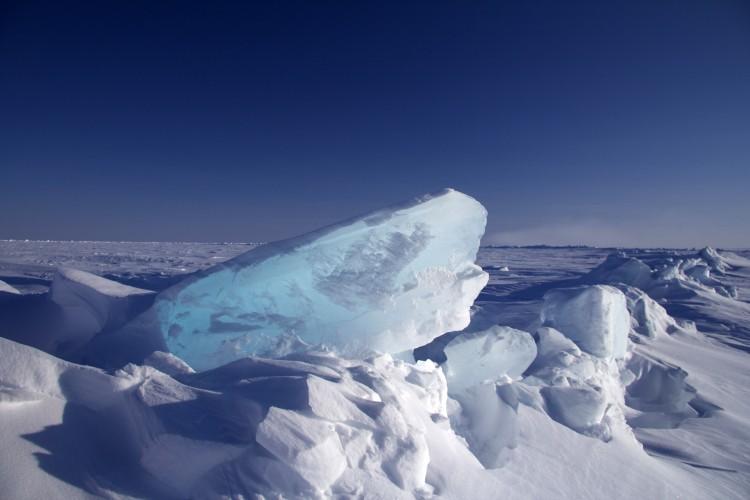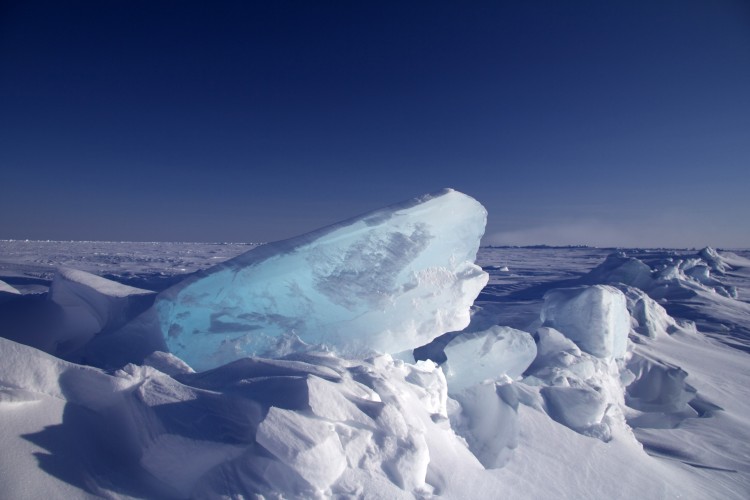A huge dome of fresh water discovered in the western Arctic Ocean may be caused by strong Arctic winds speeding up the ocean’s circulation, according to British research.
A change in wind direction could result in this cool water spilling out as far as the North Atlantic, which could in theory slow down a key current associated with the Gulf Stream that keeps the climate relatively mild in Europe, the scientists reported in the journal Nature Geoscience.
The researchers, from University College London (UCL) and the National Oceanography Center (NOC), discovered the buildup of water after studying satellite data collected from 1995 to 2010 by the European Space Agency.
They calculated that the sea surface in the western Arctic has risen by about 15 cm (6 inches) since 2002, and the fresh water volume has increased by around 8,000 cubic kilometers (about 2,000 cubic miles), which is about 10 percent of all the fresh water in the Arctic Ocean, according to the researchers. The fresh water comes from runoff from rivers, sea ice, precipitation, and evaporation.
“Satellite data has shown us that a dome of fresh water has been building up in the western Arctic over the past 15 years, due to the wind. Our findings suggest that a reversal of the wind could result in the release of this fresh water to the rest of the Arctic Ocean and even beyond,” said study lead author Katharine Giles of UCL in a press release.
The Arctic Ocean flows in a clockwise direction in a circulation known as the Beaufort Gyre. Previous studies based on data collected from ships, submarines, and moored buoys had found that fresh water volumes were increasing in the Arctic, but less than expected had been reaching the Atlantic. They suggested that the Beaufort Gyre, a wind-driven ocean current, acted to constrain and store the water.
From climate models, scientists had predicted that a dome of water could form in the center of the Beaufort Gyre based on the action of wind on the sea surface. The new data confirms this to be the case.
“We were surprised to find that our results also suggested that something else was going on,” said Giles. “When we looked at our data on a year-to-year basis we noticed that the changes in the sea surface height did not always follow what the wind was doing, so we thought about reasons why this might happen.
“One idea is that sea ice forms a barrier between the atmosphere and the ocean. So, as the sea-ice cover changes, the effect of the wind on the ocean might also change.”
The researchers plan to look at how changes in the sea-ice cover could affect this interaction between the wind and the ocean in more detail.





